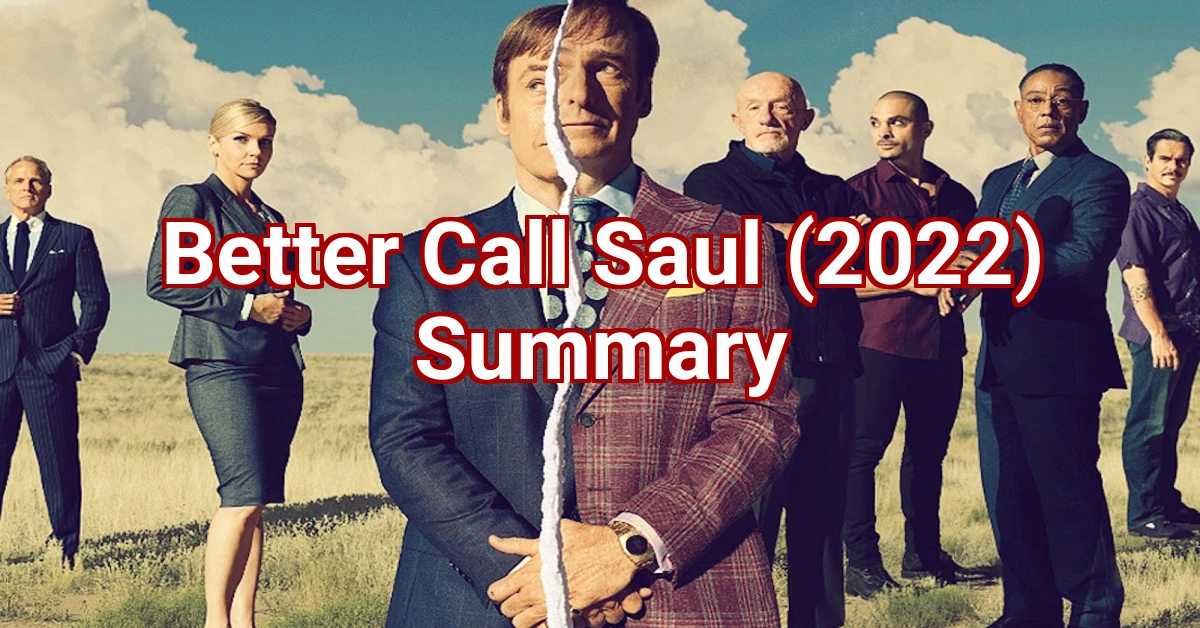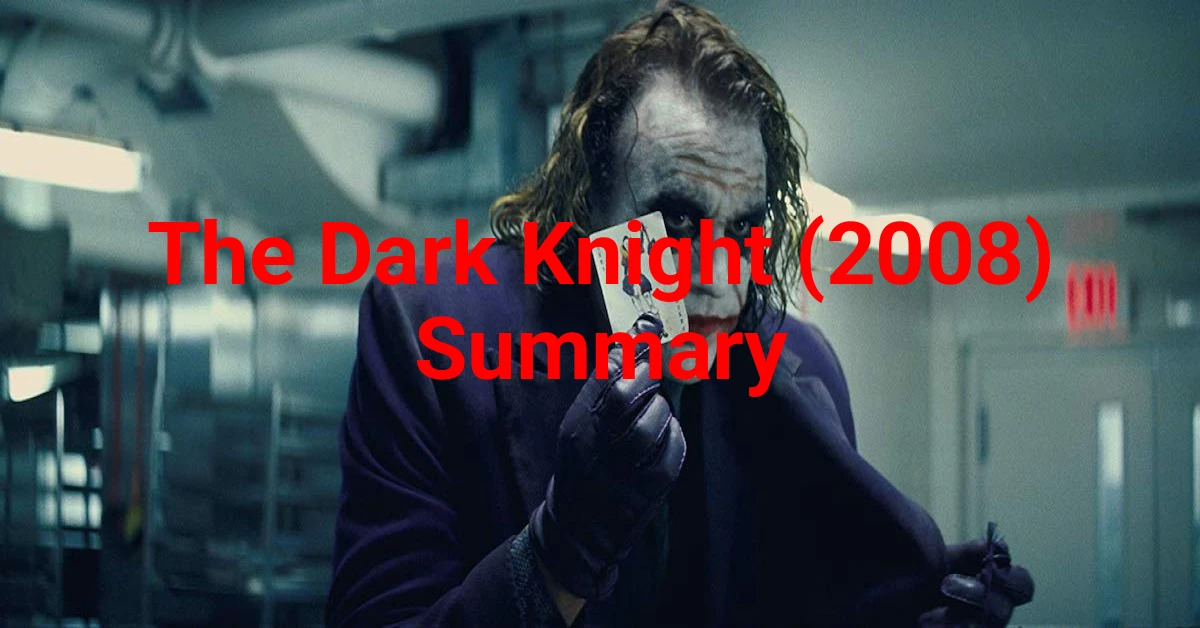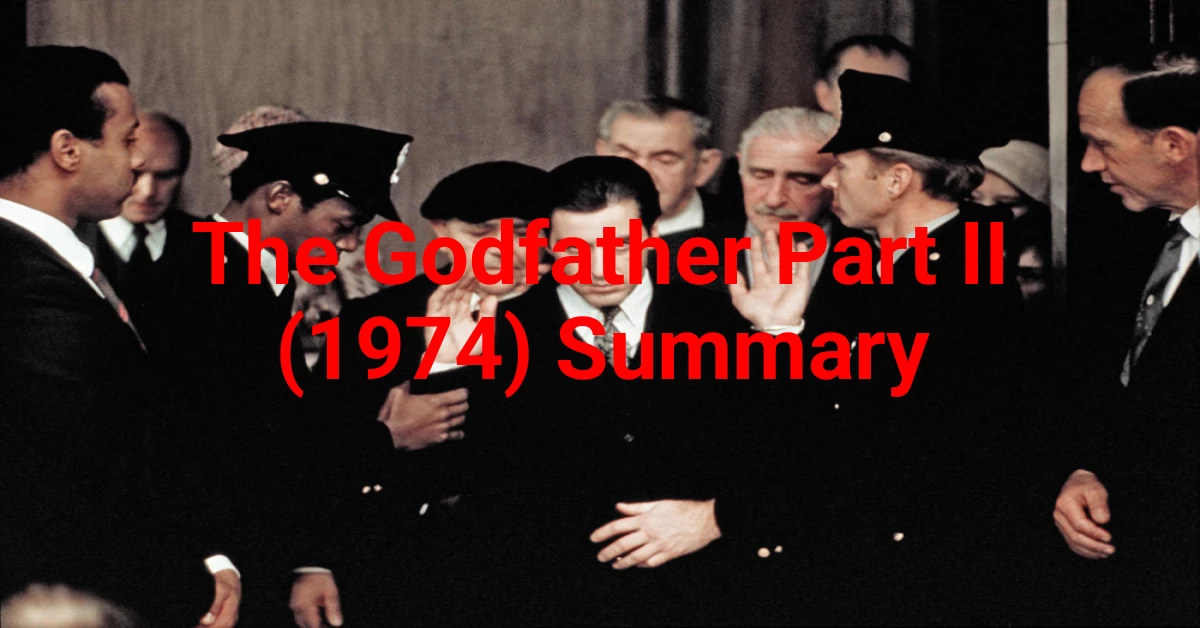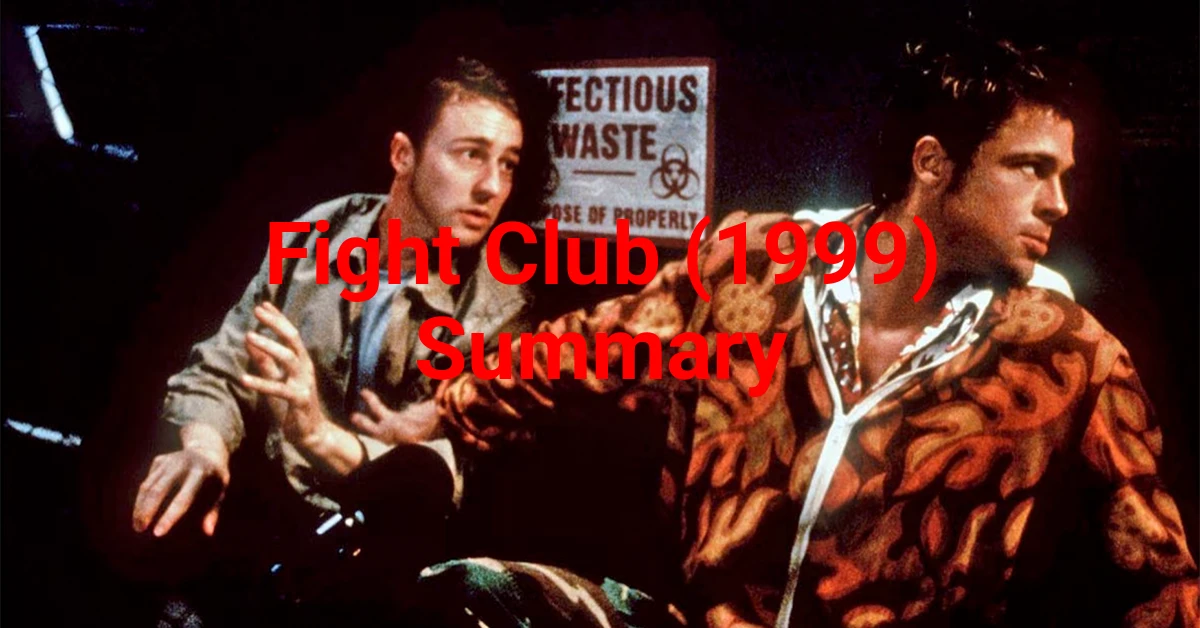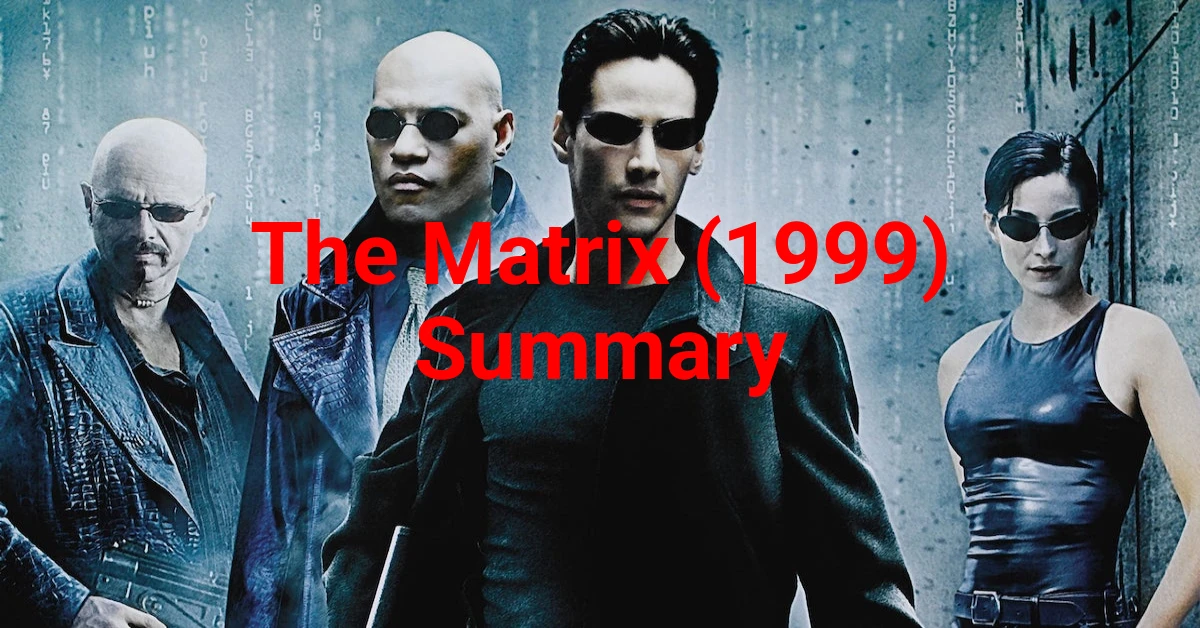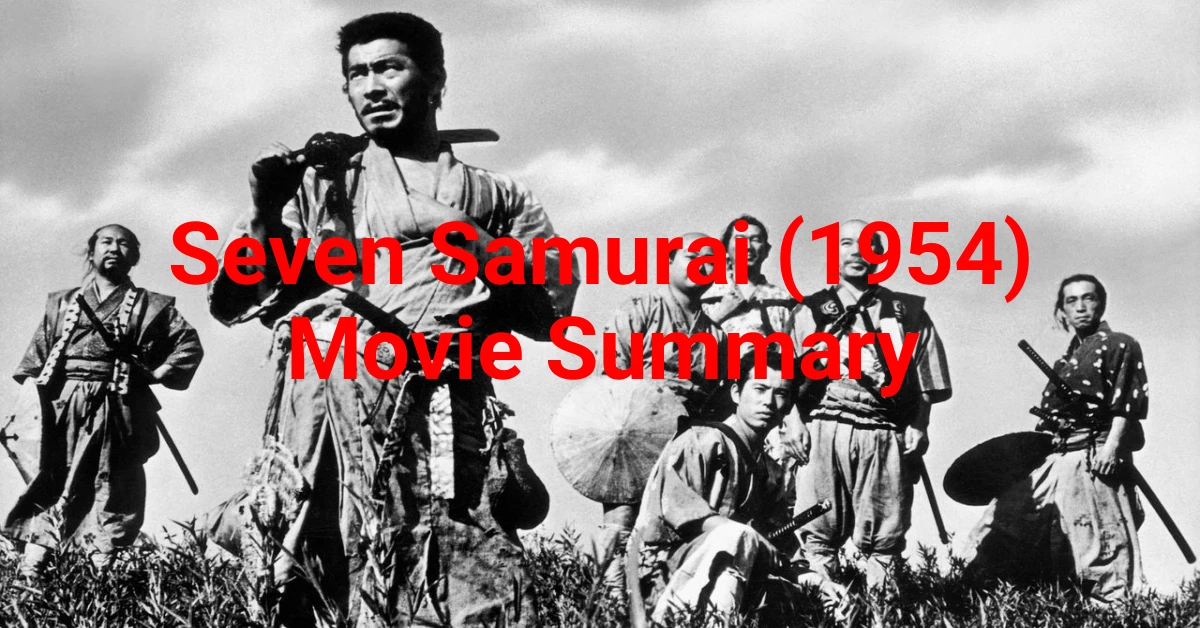“Peaky Blinders – 2022 movie summary” invites viewers into a dark, exhilarating crime drama set against the post-industrial streets of modern-day Birmingham. Directed by David Mackenzie and released in 2022, this feature-length adaptation of the beloved series elevates the Shelby family saga to the big screen. The film examines loyalty, legacy, and the price of power as Tommy Shelby confronts new enemies, both within his ranks and beyond. With brooding cinematography and a pulsating soundtrack, the movie’s central theme explores how history repeats itself when greed and ambition go unchecked.
Overview of movie
Peaky Blinders – 2022 transforms the iconic TV narrative into a compact, high-stakes thriller that packs emotional punch. The film retains the series’ signature style—sharp suits, razor blades sewn into caps, and smoky backrooms—while exploring fresh territory. In this cinematic chapter, the Shelby empire faces an existential threat from an international crime syndicate known as the Red Vipers.
Tommy Shelby, now a respected businessman and reluctant political figure, must balance diplomacy and brutality. Meanwhile, his siblings Arthur and Michael grapple with their own ambitions. Together, they navigate betrayals, shifting alliances, and the haunting ghosts of their past.
Peaky Blinders – 2022 movie summary
This section dives deeply into the plot, offering a vivid retelling without spoiling every twist. You’ll discover how the Shelbys’ intricate power plays unfold over the course of the film’s three acts, each ratcheting up tension and emotion.
Act I – The Setup
The film opens with a panoramic shot of the Shelby family’s grand estate, a modern reflection of their industrial roots. Tommy Shelby (Cillian Murphy) hosts a diplomatic gala, aiming to secure foreign investment for Birmingham’s redevelopment. However, a tense phone call from Michael Gray (Finn Cole) interrupts the festivities, warning of mysterious shipments of contraband arriving at the docks.
As a result, Tommy calls an emergency family meeting in the candlelit backroom of The Garrison Pub. He tasks Arthur (Paul Anderson) with investigating the docks while Ada (Sophie Rundle) leverages her political connections for intel. Meanwhile, Grace Shelby’s sudden reappearance in Tommy’s private chambers hints at unresolved emotions from their past.
These early scenes establish character motivations and set the stakes high. Consequently, the audience senses that this is not merely a power struggle but a battle for the family’s soul. The gritty urban landscape, punctuated by rain-slicked streets and neon signs, enhances the film’s moody atmosphere.
Act II – Conflict and Turning Point
Conflict escalates when Arthur uncovers evidence linking the Red Vipers, an Italian-Sicilian syndicate, to the Shelby family’s new business partners. However, by the time he returns to the pub, he is ambushed by masked assailants. In a brutal fight sequence, Arthur’s raw fury emerges, cementing his reputation as both protector and loose cannon.
Meanwhile, Michael goes undercover among dockworkers, where he uncovers detailed smuggling routes for arms and narcotics. As a result, tensions between Michael and his cousin Finn (Harry Kirton) flare up. Finn fears that betraying the new syndicate could trigger a full-scale gang war that would destroy everything the Shelbys have built.
At this turning point, Tommy confronts his own moral code. He holds a clandestine meeting with the Red Viper boss, Isabella Conti (Monica Bellucci), in an abandoned warehouse. There, he proposes a settlement that would leave both sides minimally satisfied. However, he suspects a trap when he notices Conti’s subtle gestures to hidden gunmen.
Act III – Climax and Resolution
The climax explodes in a sprawling sequence across Birmingham’s industrial district. Tommy and his trusted lieutenants storm the Red Vipers’ stronghold, a converted steel mill. Gunfire echoes through rusted corridors as Shelby men inch closer to the heart of their enemy’s operation. Meanwhile, Arthur and Michael lead separate teams to secure hostages and seize the contraband.
In the mill’s control room, Tommy and Conti face off in a tense verbal duel. Conti reveals she once admired Tommy’s vision for Birmingham, but poverty and greed warped her ambitions. As a result, she detonates explosives to cover her escape, forcing Tommy into a heroic leap that collapses half the building.
In the aftermath, the Shelbys regroup at The Garrison Pub. Arthur, nursing a wounded arm, declares loyalty unchanged. Michael, shaken by the violence, suggests they pivot entirely into legitimate enterprises. Meanwhile, Tommy contemplates the cost of survival: he lost trusted men, risked his health, and yet emerged victorious. The final shot lingers on Tommy’s distant gaze, hinting that the fight for power—and peace—is far from over.
Final Thoughts
This Peaky Blinders – 2022 movie summary reveals how the film weaves action, drama, and family dynamics into a thrilling narrative. Although fans of the series will appreciate the continuity, newcomers can dive straight into the Shelby world without prior knowledge. The movie stands out for its cinematic scope, dynamic fight choreography, and emotionally charged performances.
Director David Mackenzie balances large-scale set pieces with intimate character moments, ensuring that each Shelby sibling shines. Furthermore, the soundtrack—featuring original compositions and modern rock tracks—underscores the film’s tension and style. As a result, Peaky Blinders – 2022 feels both familiar and fresh.
Have you seen this film? Share your thoughts below! Whether you’re drawn to the Shelby family’s cunning strategies or the film’s gritty realism, there’s no denying its impact on the crime drama genre.


